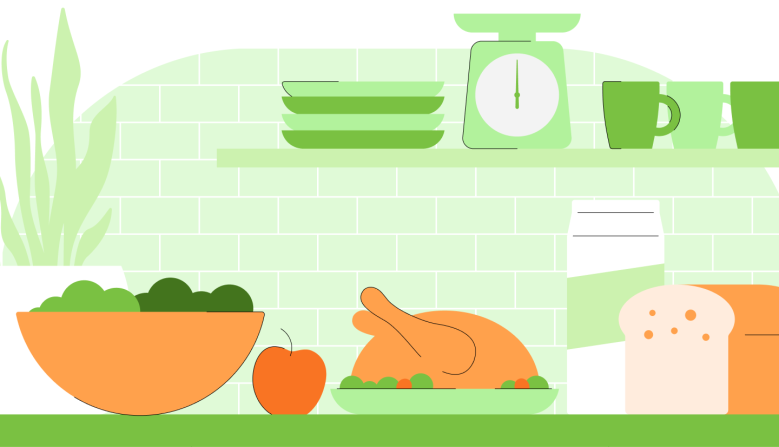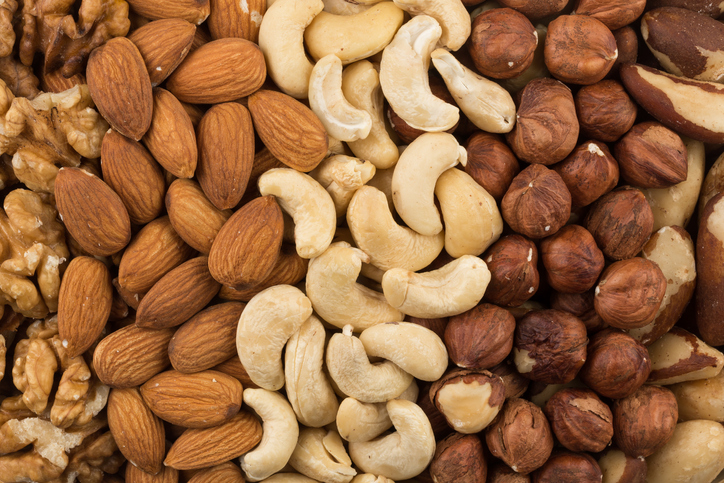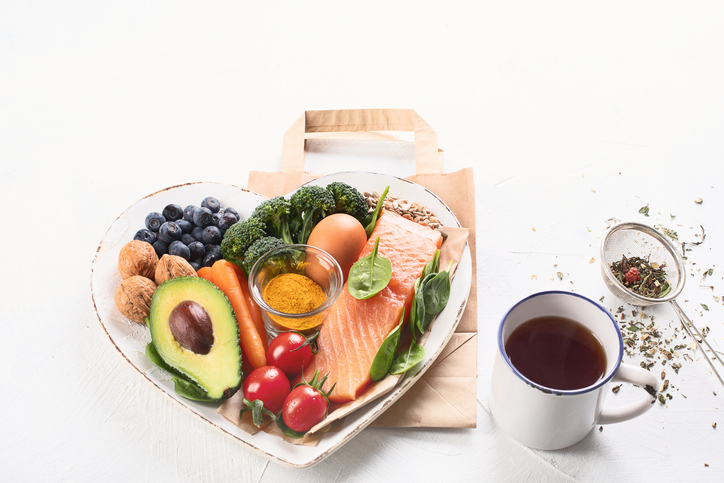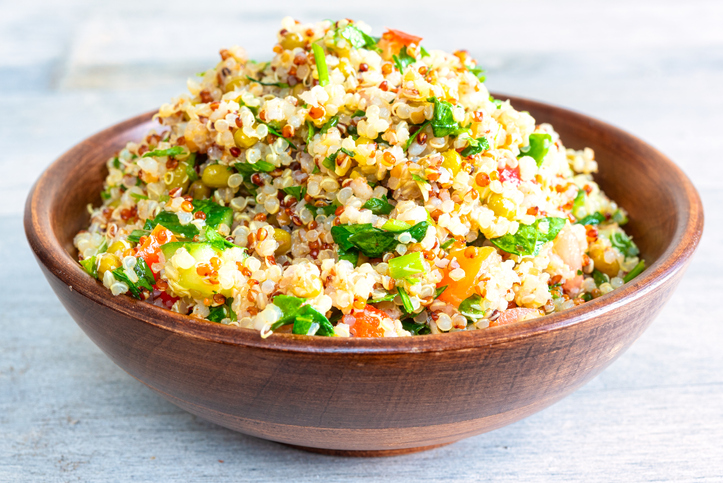7 Things You Shouldn’t Do on a Low-Carb Diet, According to Dietitians



If you’re following a low-carb diet, like Atkins or the more restrictive keto diet, you’re likely limiting carbs in favor of other macronutrients, like fat and protein. And while a low-carb eating pattern might help some people lose weight (at least in the beginning), there are certain things you should make sure you’re doing to maintain as healthy a diet as possible while cutting down on carbs. When you reduce your intake of carbs, you might also end up cutting out fiber (which comes from foods like whole grains, fruits, beans and veggies) and other important nutrients. Dietitians recommending avoiding these other seven things that can make matters worse and prevent you from reaching your goals. It could also be helpful to work with a dietitian who can guide you through the process and help you avoid mishaps.
1. Don’t skimp on veggies.
“Any low-carb dietary pattern should include a lot of vegetables. These foods are naturally low-carb (think all green leafies, broccoli, cauliflower, zucchini, mushrooms, bell peppers and beyond),” says Ginger Hultin, M.S., RD, a spokesperson for the Academy of Nutrition and Dietetics. Maximize your intake, especially when restricting carbohydrates, to help you meet your needs for fiber and other key nutrients. Plus, they have high water content to help you beat bloating and stay hydrated and regular. Build half your plate with veggies to reap the benefits and help you fill up faster, too.
2. Don’t fear fruit.
Fruit is higher in carbohydrates, generally, than vegetables, but that doesn’t mean that it doesn’t deserve a place in your diet. Even if your diet doesn’t allow for a lot of fruit, you can pick a few of your favorites that are lower in carbs and budget them into your carb bank. “Watermelon, berries and peaches can commonly be included even when restricting carbs. Don’t forget that tomatoes and avocados are also fruits,” says Hultin. With fruit you’re getting a boost of fiber, vitamins and antioxidants.
3. Don’t use it as an excuse to skip your workout.
Thinking you don’t need to exercise because you’ve cut down on carbs is the wrong idea, as physical activity is important for a healthy lifestyle and it can help speed up weight loss (if you’re looking to drop pounds). Hultin says, “It’s important to balance your healthy diet with daily physical activity and both are needed for your health. If you’re so focused on your diet that fitness goes to the wayside, or if you don’t have enough energy due to lowering carbohydrate intake too much, it may be time to assess if the diet is working for you.” A good mix of cardio and strength training is ideal, but the most important thing is to choose workouts that are enjoyable for you and feel the best for your body.
4. Don’t be too restrictive.
Many popular comfort foods have carbs (think pasta, pizza, baked goods, desserts and more), and if you’re too strict about your carb intake, you might feel like you’re missing out on all your favorite treats. This can cause you to give up out of frustration or lead to bingeing.
“If you’re feeling hungry, hangry or deprived on a low-carb (or any) diet, it’s likely not sustainable and not a good quality of life,” says Hultin. “Make sure that you’re maintaining a positive relationship with food and with your body and that you’re getting guidance from a qualified professional, like a registered dietitian, to help you better understand your unique needs and how not to feel deprived or restricted,” she says.
5. Don’t eat too much bacon.
Especially with super-restrictive high-fat, low-carb diets, like keto, it’s often assumed that you can dig into fatty, greasy bacon as much as you like. “When going keto, fat is the primary source of fuel, so the goal is to have healthy fat in our diet. You certainly can get to a ketogenic state by eating tons of bacon, but this is not the healthiest way to do it,” says Randy Evans, M.S., RDN, LD. “You can have some bacon, but not for every meal, every day.” When you do have bacon, go for uncured options to help cut down on the added sodium and added sugar.
“The goal is to use a variety of healthy fat and protein sources,” Evans says, which is important for everyone, whether or not you’re on a low-carb diet. Include plenty of plant-based oils like olive oil and canola oil, and nuts and seeds to get more of those healthy mono- and polyunsaturated fats that our heart loves. Opt for leaner cuts of protein, seafood that delivers heart-healthy omega-3 fats (like salmon), and plant-based protein sources, like tofu, tempeh, beans and lentils.
6. Don’t forget to drink water.
It’s not enough to just cut back on carbs to lose weight. You also need to drink plenty of water to stay hydrated, avoid constipation and keep your body functioning as it should.
When you’re reducing your carb intake, you’re also at a greater risk for dehydration because your body holds on to less water and is trying to pee out ketones. Hultin says, “Make sure that you’re staying very well hydrated when entering into ketosis, especially if you’re experiencing the keto flu. You can help your body adapt and lessen the symptoms of dehydration if you pay close attention to your water intake.”
Keep a big bottle of water on your desk, set a timer to drink fluids or choose foods with a high water content, like watermelon, cucumbers and citrus to help keep you hydrated. “Each individual should definitely meet with a registered dietitian to learn about their own water needs, but, generally, the ‘adequate intake’ is set at 15.5 cups (3.7 liters) for men and 11.5 cups (2.7 liters) a day for women,” Hultin adds.
7. Don’t give up all starchy veggies.
While low-carb diets encourage you to eat mostly greens and low-carb veggies and limit starchy vegetables (as there are more carbs in things like potatoes, sweet potatoes and squash), you don’t have to get rid of them completely. “You often hear ‘I can’t have starchy vegetables because it has too many grams of carbs,’” says Evans. But you can still follow a low-carb diet without giving them up completely. Including some starchy vegetables and fruit means you’ll be getting more of those important nutrients that you might miss out on when cutting out too many carbs.
© Meredith Operations Corporation. All rights reserved. Used with permission.

















